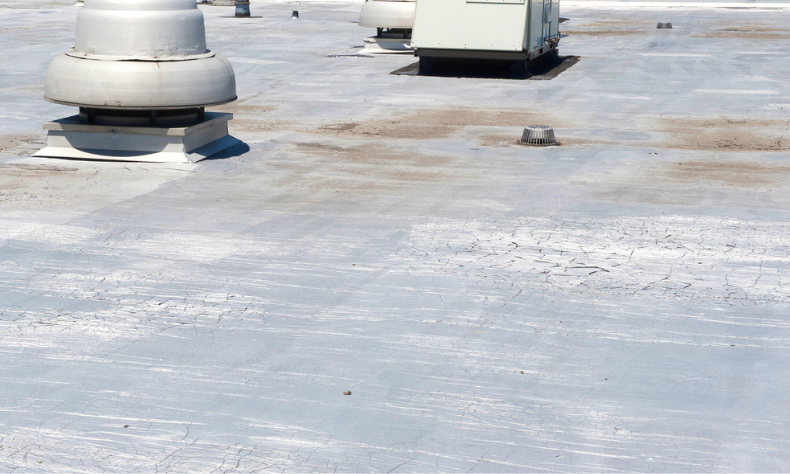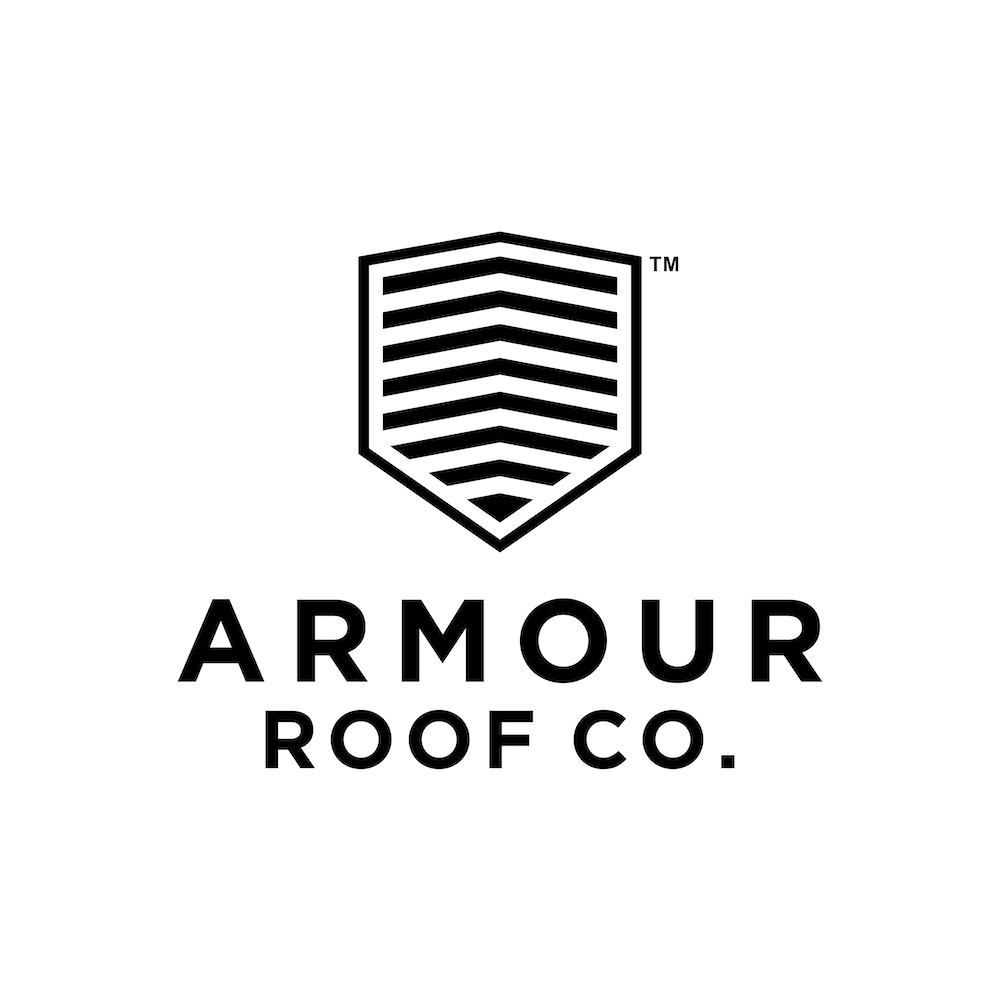Commercial buildings, often referred to as “flat roofs,” receive a beating when it comes to wind and hail storms. Commercial roofing in Omaha primarily deals with the aftermath of these two types of storm damage. Most commercial buildings provide 1/8 to ¼ inch per foot of drainage. These roof systems are designed to be watertight more so than water-shedding. These systems achieve their water tight design by using roof coverings that are typically single-ply membranes, multi-ply asphalt systems, or metal panels. The most common single-ply membranes include TPO (thermoplastic polyolefin), PVC (polyvinyl chloride), and EPDM (ethylene propylene diene monomer). We’re going to take a look at how wind and hail damage can effect these common commercial roof systems.
How does wind damage affect my commercial roof?
Severe wind affects all of the the commercial roofs systems in a similar manner. Wind creates an uplift pressure that are a result of wind speed and the roof’s height. These pressures are the highest at the corners and along the perimeter of the building. This results in wind damage typically being seen first at the edges of the roof. Once a roof system is compromised by wind damage, a cascading failure can occur. Wind damage on commercial roofs is often characterized by roof coverings that have been lifted and peeled back from the edges. Single-ply roof systems often appear loose and wrinkled while metal panels are commonly kinked and folded sharply.
How does hail damage affect my commercial roof?
Hail damage and how it affects commercial roofs varies depending on the type of commercial roofing system the hail encounters. Not only does the type of roof system come into play, but of course the size of the hail, which can be anywhere from ½ inch in diameter to over 2 ½ inches, is a major factor.
Metal roof panels – will sustain dents when impacted by hail. The unsightly dents caused by the hail may not affect the water tightness, however, if the metal panel finish is cracked or chipped, the panel will rust over time, and decrease its lifespan.
Thermoplastic membranes – like TPO and PVC can withstand impact from hailstones around 2 inches in diameter depending on the condition of the roof and the thickness of the membrane. As the membranes age, plasticizers may leach out of the membrane, leaving it more vulnerable to damage. If greatly aged and brittle, hailstones as little as ½ inch in diameter can cause fractures in a thermoplastic membrane.
EPDM membranes – are more flexible than most thermoplastic materials. A good EPDM roof covering can with stand impact by hailstones around 2 ½ inches in diameter. When EPDM roofs to sustain hail damage, surface cracks can occur similar to thermoplastic membranes.
What’s under the membrane – is also important to think about. Even if the membrane itself was not penetrated by hail, hailstones can cause dents in the insulation board or cause the membrane to detach from the substrate below. In both cases, the roof has lost significant value, and should be submitted to insurance.
If you have a commercial roof in Omaha it’s impossible to avoid hail and wind damage. Regardless of the age and type of roof your building has, it should be inspected after every hail and severe wind storm. Make sure your commercial roof is in good shape by having a trusted commercial roofing contractor inspect it. Give us a call a call today and we’ll set up a time to come by and take a look. (402) 289-7869



